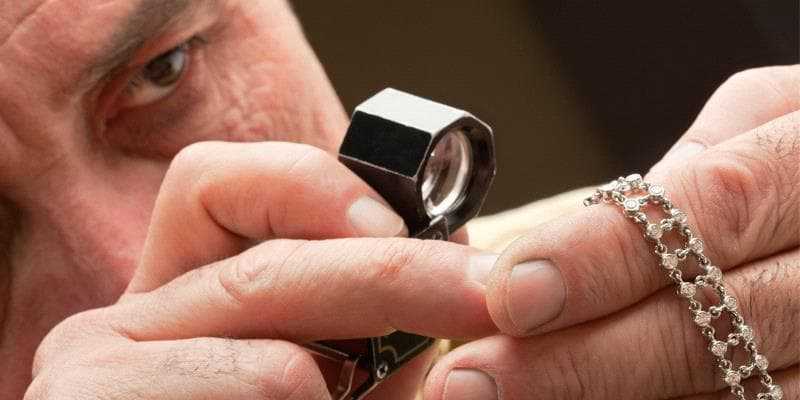How to Test Gold & Silver at Home – Technique To Analysis Gold & Silver
- Posted on 2nd March 2021
- in Antique Gold and Jewelry, Antique Hallmark
- by Alan
Once you’ve purchased gold or silver, even if it’s from a seller you trust, you may have one question rolling around in the back of your mind: is it real? It’s not always easy to tell if a bullion is actually gold or silver or if it’s simply plated. Fortunately, there are a number of techniques to test gold & silver at home. Some of these techniques simply require you to carefully examine the piece for certain markings.

Look for Markings and Finishes
The first thing to do is to look for specific antique markings. Nearly all bullion will have a mintmark on it. If you don’t see a mark, it could be fake. You may also see marks that indicate the purity, weight, mintage year, serial number, or other information. If there’s no markings on the piece at all, there’s very little chance that it’s an authentic gold or silver bullion.

If you’re looking at a coin, how can you tell if it is real gold? The trick is to look at the edge. It’s very hard to replicate the finish on the edge, something that is done on purpose to make it hard to counterfeit silver and gold coins. Each coin is designed with its own unique edge finish. Some of these finishes have small ridges on them. Others are smooth. Some even feature small letters or have various textures. If you know what to look for, you can determine if the edging is consistent with what that type of coin should have.
Do a Ping Test
What is bullion techniques ping test? This unique test involves tapping the piece of metal with another piece. To conduct it, simply find a non-abrasive metal item and tap your gold or silver bullion with it. If you hear a ping that rings out for a second or two, you have an authentic piece. If, on the other hand, you hear a dull clunk or some other sound, you have a fake.

Test for Magnetism
You can also test your bullion to see if they are magnetic. Neither gold nor silver is, so if the piece reacts to the magnet at all, then you know it’s not pure. However, it’s important to remember that some of the alloys and metals commonly used in counterfeiting are also nonmagnetic, so don’t base your entire decision on the results of this one test.

Test the Metal’s Conductivity
If you’re looking for specific silver stacking techniques for determining if what you have is pure silver, you can do a conductivity test. This test requires nothing more than an ice cube. Silver is highly heat-conductive, so if you place an ice cube on the bullion, you should see it immediately start to melt since the silver will have stored heat. If it doesn’t, your piece is not pure silver.

Be Cautious

Finally, remember that any test you do should not harm your bullion. Never do any test that requires you to scrape, drop, or otherwise damage your gold or silver. Lightly tapping the piece for the ping test shouldn’t damage it, but anything further may decrease the overall value of your piece.
